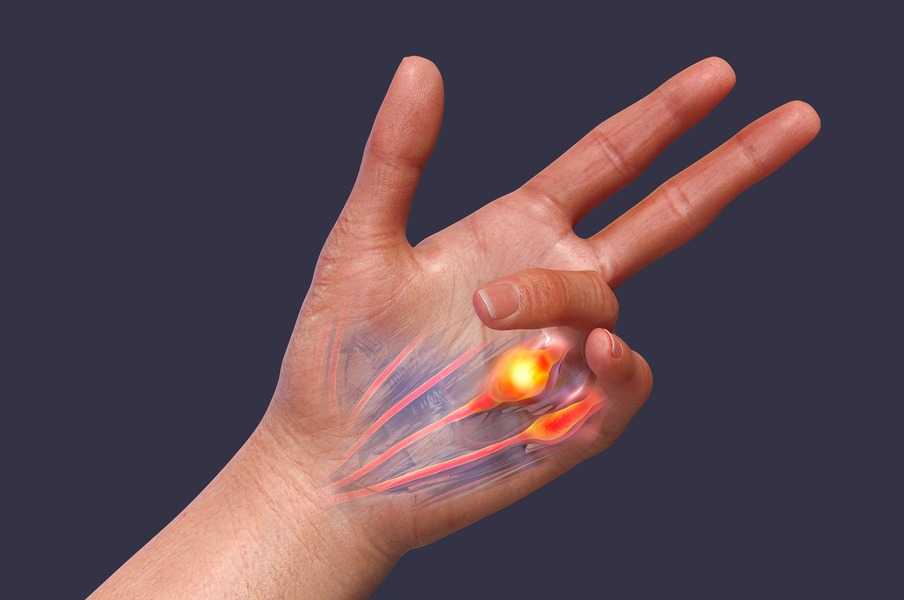
dupuytren’s contracture


an overview on dupuytren’s contracture
Dupuytren’s contracture is a progressive hand condition that affects the connective tissue beneath the skin of the palm. Over time, this condition leads to the thickening and shortening of this tissue, causing the fingers to curl inward. As the fingers bend towards the palm, it can significantly limit hand functionality, making everyday activities challenging. While the condition develops gradually, it can become a major impediment to normal hand use if left untreated.
signs and symptoms
The early signs of Dupuytren’s contracture often appear as small, painless lumps or nodules on the palm. These nodules can eventually develop into thickened cords of tissue that pull the fingers, especially the ring and little fingers, into a bent position. Other symptoms include stiffness in the fingers and difficulty fully extending the affected fingers. As the condition progresses, functional impairment becomes evident, making tasks such as gripping objects, shaking hands, or placing the hand flat on a surface increasingly difficult.
causes and risk factors
The exact cause of Dupuytren’s contracture is not fully understood, but researchers believe it may result from a combination of genetic and environmental factors. A family history of the condition is a significant contributor, suggesting a genetic predisposition. Other potential causes or triggers include age-related changes, with men over 50 being more commonly affected, as well as lifestyle factors such as smoking and excessive alcohol consumption. Certain medical conditions, such as diabetes, may also heighten the risk. Occupational factors, such as prolonged use of vibrating tools, have been associated with an increased incidence of this condition.
prevention and management
While there is no definitive way to prevent Dupuytren’s contracture, adopting a healthy lifestyle may help mitigate risk factors. Quitting smoking and limiting alcohol consumption are steps that can potentially reduce the likelihood of developing this condition. Engaging in regular hand exercises and stretches may also be beneficial in maintaining hand mobility and delaying the onset of symptoms.
diagnosis and treatment options
Dupuytren’s contracture is diagnosed through a clinical evaluation, which includes a physical examination of the hand. The “tabletop test,” where the patient attempts to lay their hand flat on a surface, is a common diagnostic tool. Treatment options depend on the severity of the condition. Mild cases may require only observation, while more advanced cases might necessitate intervention. Non-surgical treatments include corticosteroid injections to reduce inflammation and enzyme injections to break down the thickened tissue. Surgical options, such as a fasciectomy or fasciotomy, are available for severe cases and involve removing or releasing the affected tissue to improve finger mobility.
the role of physiotherapy
Physiotherapy is an essential component in managing Dupuytren’s contracture, particularly following medical or surgical treatment. A physiotherapist can design a personalized rehabilitation program to restore hand strength and mobility. Techniques may include specific exercises to stretch and strengthen the fingers, improving their range of motion. Additionally, manual therapy and splinting can help maintain functional hand positioning and prevent the recurrence of contractures. By enhancing overall hand functionality, physiotherapy ensures a smoother recovery process.
portea’s commitment to recovery
At Portea, we specialize in providing personalized physiotherapy services for individuals recovering from Dupuytren’s contracture. By delivering care at home, we ensure that our patients receive expert treatment in a comfortable and familiar setting, promoting a faster and more effective recovery.
We also specialize in providing expert physiotherapy services for post-surgical rehab, arthritis, neuro-rehab, sports injury, orthopaedic physiotherapy, physiotherapy for elderly and more – all delivered conveniently at your home. Our dedicated team ensures you receive the personalized care you need for a smooth and successful recovery. Our skilled physiotherapists design personalized exercise regimens to restore hand strength and mobility, ensuring a smooth recovery in the comfort of your home. With our dedicated care, you can regain confidence in performing everyday tasks.
With Portea, you receive expert paralysis physiotherapy treatment at home, delivered by skilled physiotherapists dedicated to your recovery and well-being. Additionally, we offer a wide range of healthcare solutions, including doctor consultations,medical equipment, nursing care, and dedicated trained attendants ensuring personalized and high-quality care tailored to your needs.
portea’s other physiotherapy services based on medical conditions
faq’s
1. What is the cause of Dupuytren’s contracture?
The exact cause is unknown, but it is linked to genetic factors, age, and conditions like diabetes. It results in thickening of connective tissues in the hand.
2. What are the symptoms of a contracture?
Symptoms include stiff fingers, bent fingers that cannot straighten, and nodules or lumps on the palm, especially near the ring and pinky fingers.
3. Which nerve is damaged in Dupuytren’s contracture?
Dupuytren’s contracture does not involve nerve damage but affects the fascia of the hand, leading to tissue thickening and finger contractures.
4. What exercises are good for Dupuytren’s contracture?
Stretching exercises, like finger extensions and palm flattening, can help maintain hand mobility. Consult a therapist for tailored exercises.
5. What is the most effective treatment for Dupuytren’s contracture?
Treatments range from enzyme injections and needle aponeurotomy to surgical removal of thickened tissues for severe cases.
6. What is the best exercise for trigger finger?
Gentle stretches like finger lifts, fist stretches, and tendon glides can reduce stiffness and improve mobility in the affected finger.
7. How to cure trigger finger naturally?
Resting the finger, using splints, applying ice, and practicing stretching exercises can alleviate symptoms. Severe cases may require medical intervention.
Doctor Consultation
Nursing
Physiotherapy
Trained Attendant
Elder Care
Mother & Baby Care
Lab Tests
Medical Equipment
Speciality Pharma
Critical Care






